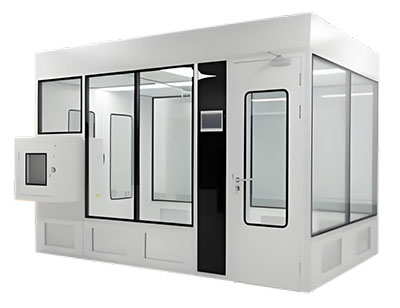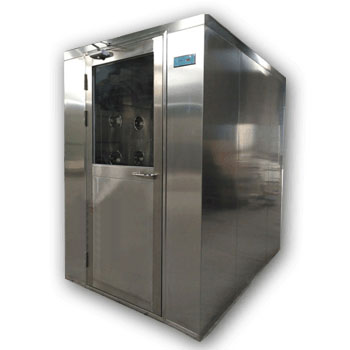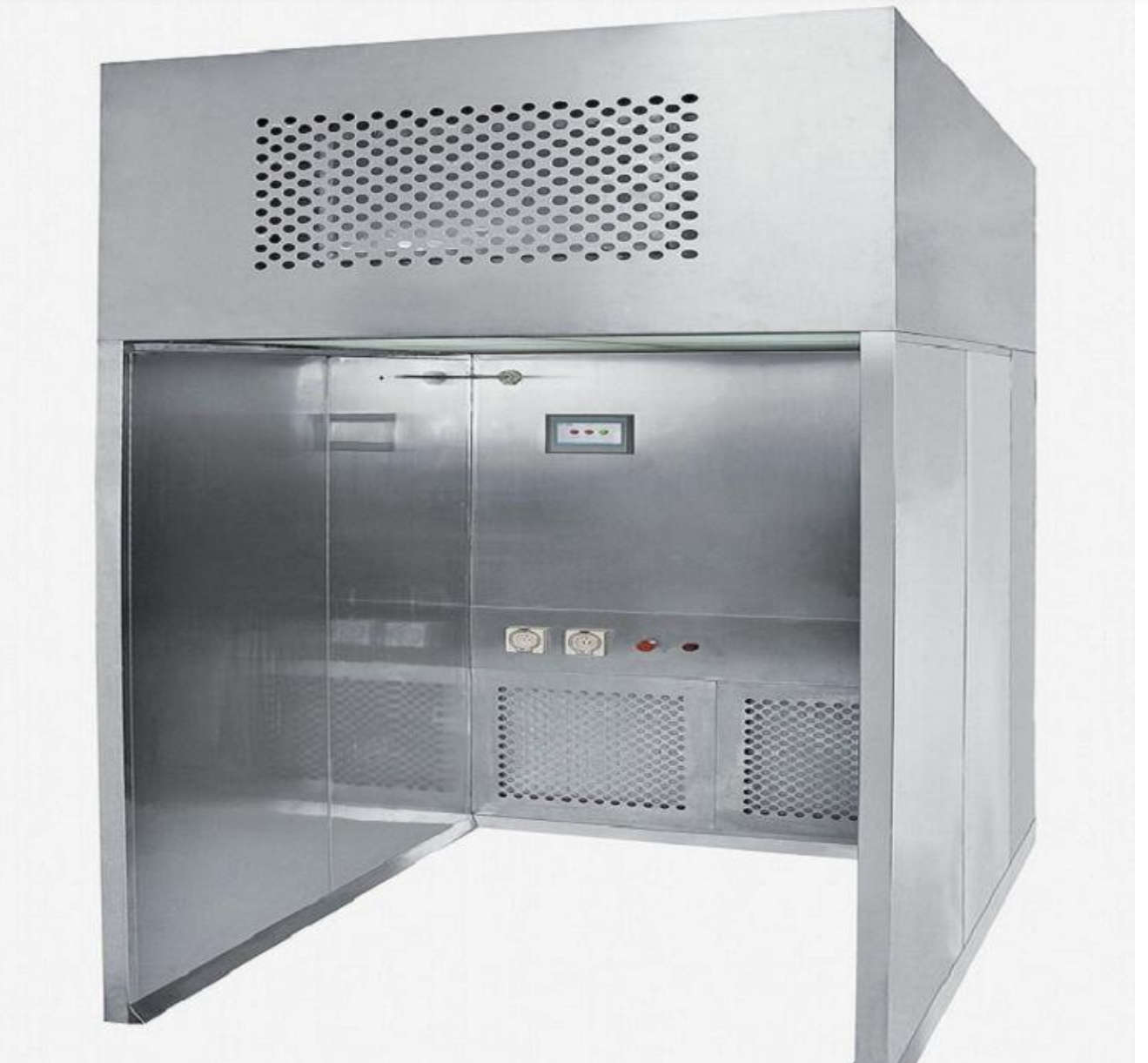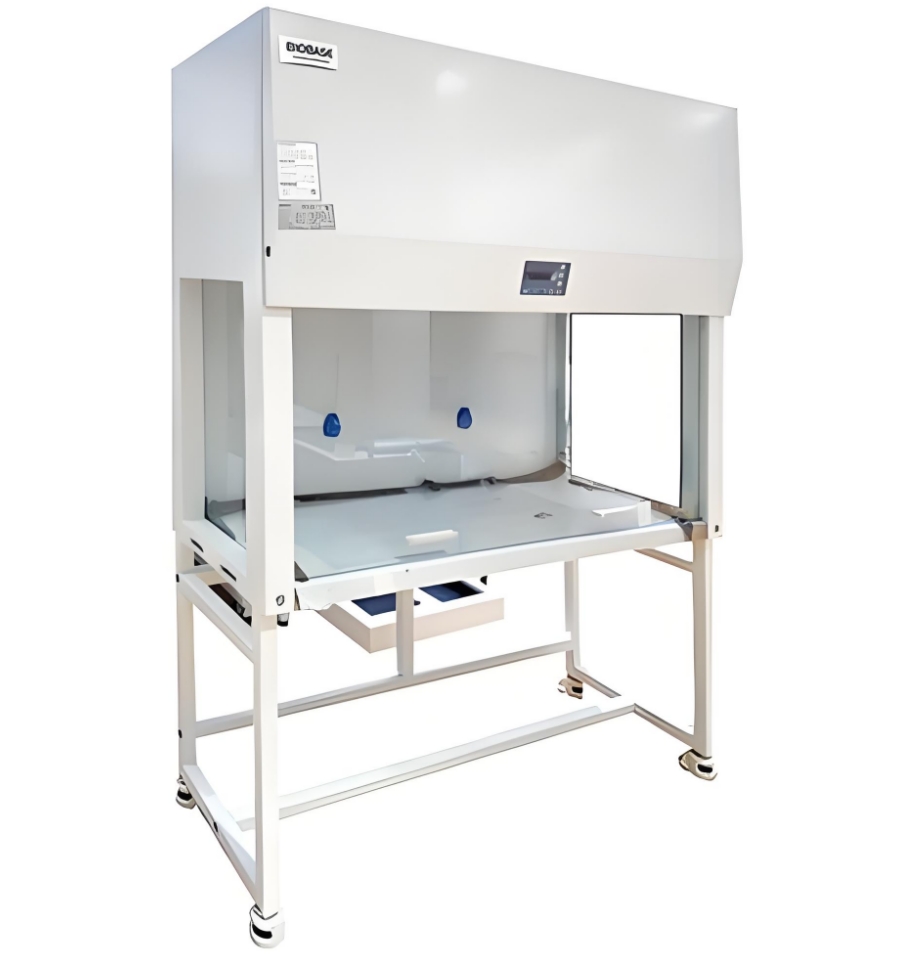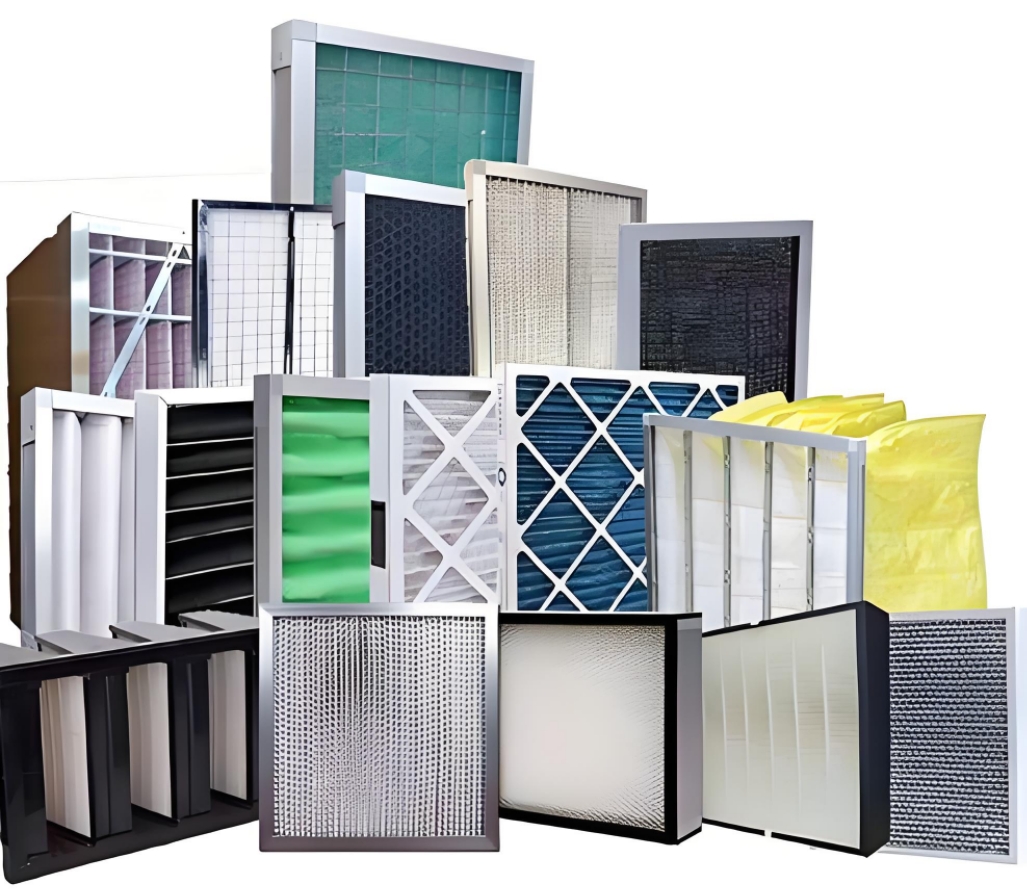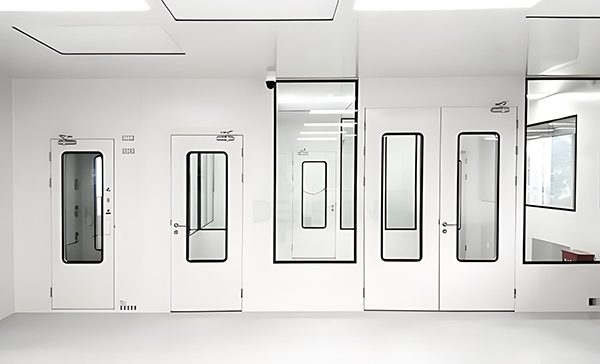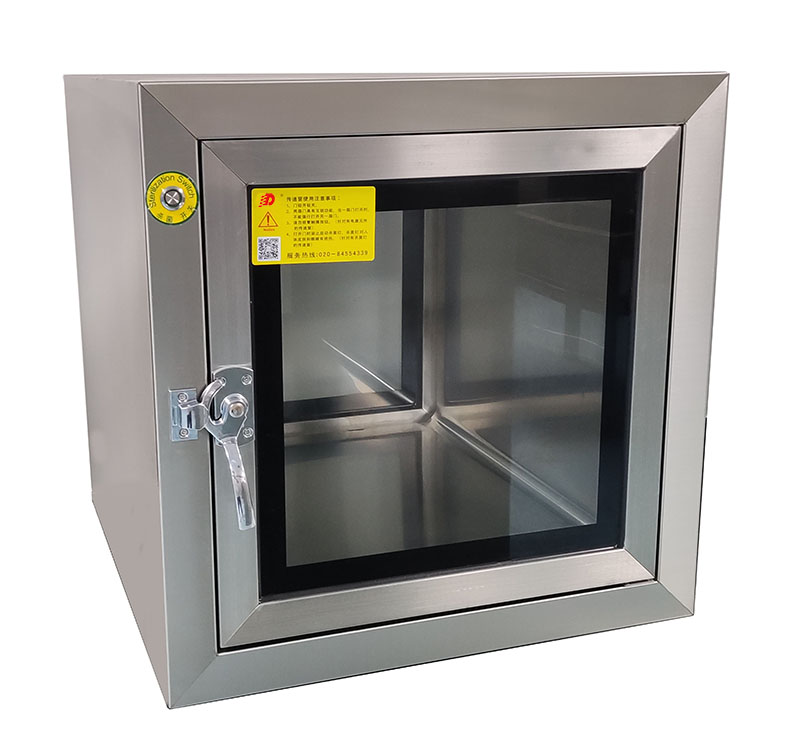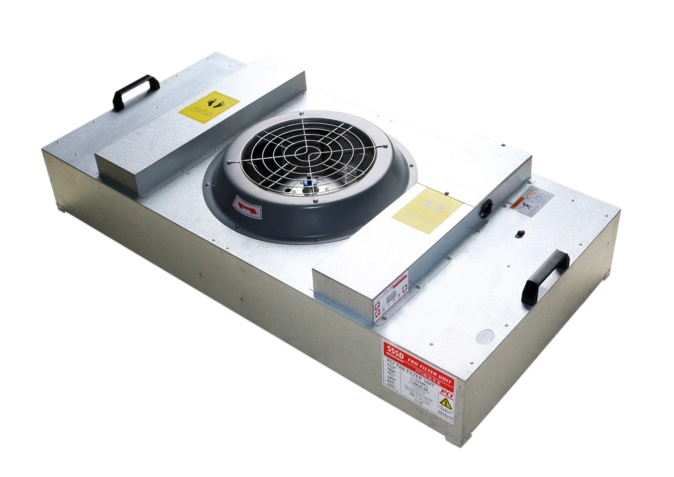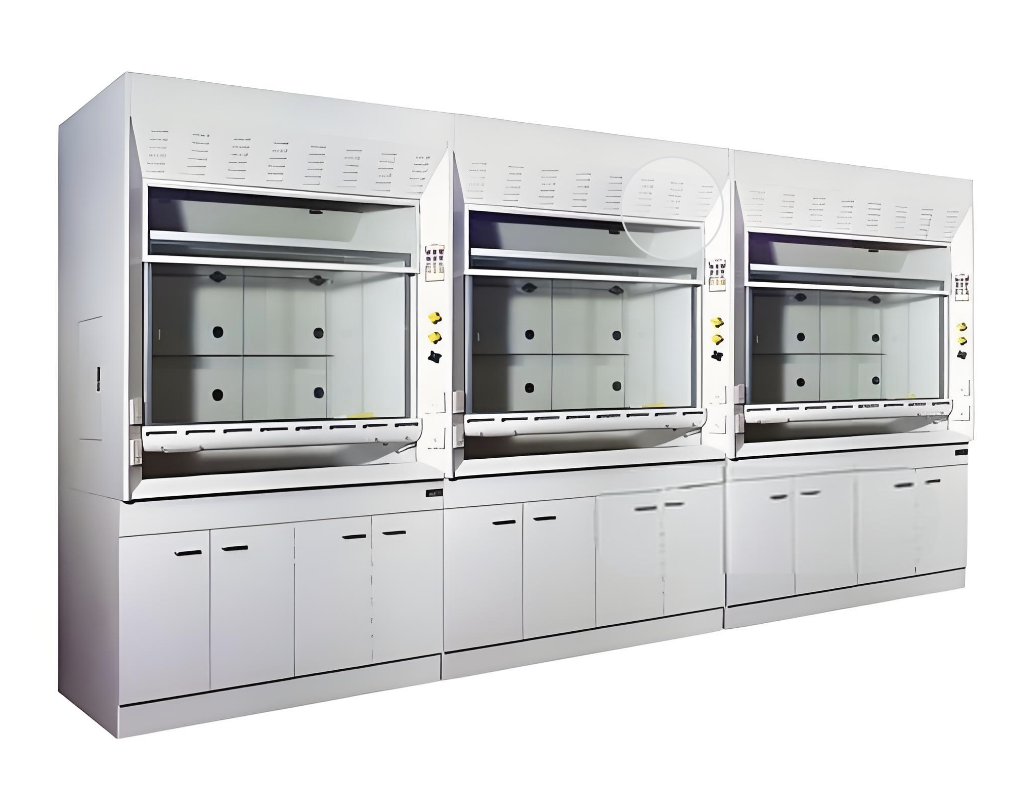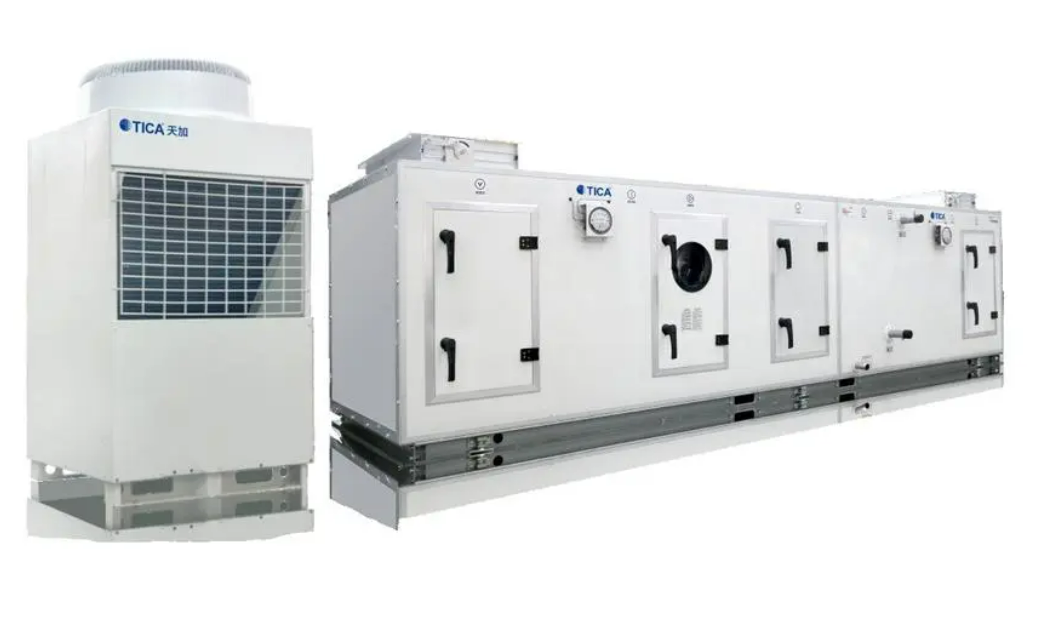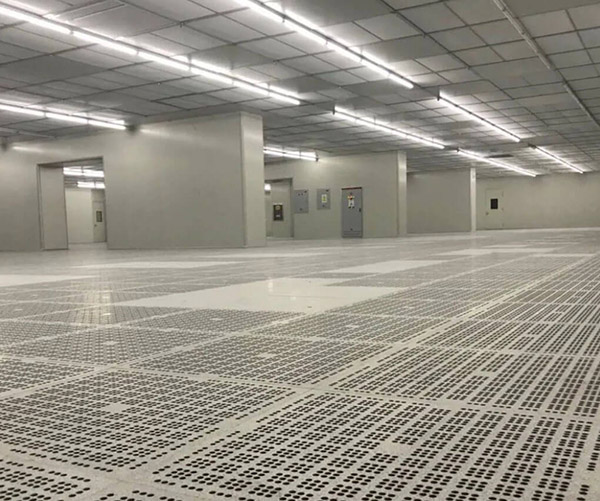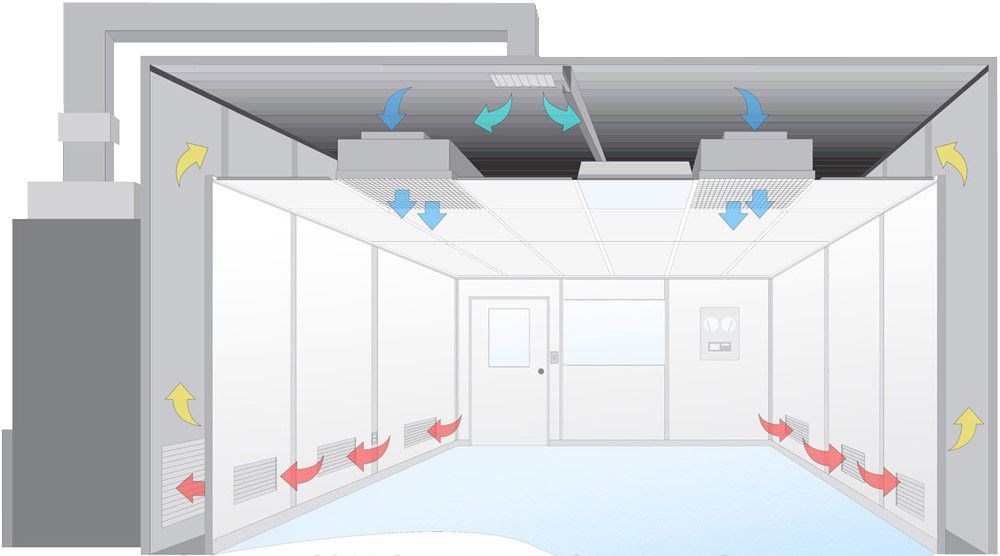Understanding Class A and Class b Cleanrooms
Cleanrooms are essential in industries requiring controlled environments for critical processes, such as pharmaceuticals. Class A and Class b CleanRooms represent different levels of cleanliness and usage within these environments. Understanding their differences ensures adherence to regulatory standards and optimal operation efficiency.
Class A CleanRoom: The Pinnacle of Cleanliness
Highest Level of Cleanliness
Class A Cleanrooms are designed to maintain the lowest levels of particulate and microbial contamination. They are crucial in pharmaceutical and biotechnology sectors where even the smallest contamination can compromise product integrity.
Critical Operations
These environments accommodate the most critical operations like aseptic filling, stopper placement, and open vial handling. The processes conducted within Class A Cleanrooms are high-risk, demanding the strictest control measures.
Key Specifications:
- ISO 5 Equivalent
- Laminar (unidirectional) airflow systems
- ≤ 3,520 particles ≥0.5μm per cubic meter
- Microbial limits: <1 CFU/m³ air, <1 CFU/100 cm² surfaces
Example Use Case
Filling a sterile injectable solution would be conducted in a Class A environment, emphasizing the need for non-negotiable cleanliness.
Class b CleanRoom: The Supportive Background
Background Environment
Class b Cleanrooms function as the supporting environment for Class A areas. While not as stringent, they provide the necessary safeguards to maintain overall process integrity.
Aseptic Processing Role
These cleanrooms are suitable for aseptic preparation, filling, and compounding processes, typically less critical compared to those in Class A areas.
Key Specifications:
- ISO 5 at rest, ISO 7 during operation
- Non-unidirectional airflow systems
- ≤ 29,300 particles ≥0.5μm per cubic meter
- Microbial limits: ≤10 CFU/m³ air, ≤5 CFU/100 cm² surfaces
Example Use Case
Preparing components for use in a Class A area might occur in a Class b CleanRoom, where preparation accuracy remains critical but not on the same stringent level as the final product processes.
Key Differences Between Class A and Class b Cleanrooms
| Feature | Class A | Class B |
|---|---|---|
| Cleanliness Level | Highest (ISO 5) | Supportive (ISO 5 at rest, ISO 7 in operation) |
| Particle Count (≥0.5μm) | ≤ 3,520/m³ | ≤ 29,300/m³ |
| Microbial Limits (Air) | <1 CFU/m³ | ≤10 CFU/m³ |
| Airflow System | Unidirectional (laminar) | Non-unidirectional |
| Typical Applications | Aseptic filling, sterile processes | Component preparation, less critical aseptic tasks |
Type A vs. Type B Cleaning in Pharma
Type A Cleaning
Rigorous cleaning protocols used in sterile environments during aseptic processing. Uses validated disinfectants and sterilization methods for highest microbial control.
Type B Cleaning
Procedures for less critical areas adjacent to sterile zones. Allows slightly less stringent methods while still maintaining cleanliness standards.
Cleanroom Grades Overview
ISO Classifications:
- ISO 1: <10 particles ≥0.1μm/m³
- ISO 5: ≤100,000 particles ≥0.1μm/m³
- ISO 7: ≤10,000,000 particles ≥0.1μm/m³
- ISO 8: ≤100,000,000 particles ≥0.1μm/m³
Cleanliness Standards
Class A Cleanrooms
Adhere to ISO 14644-1 standards, allowing a maximum of 3,520 particles (≥0.5μm) per cubic meter of air.
Class b Cleanrooms
Permit up to 29,300 particles (≥0.5μm) per cubic meter of air, making them less stringent than Class A.
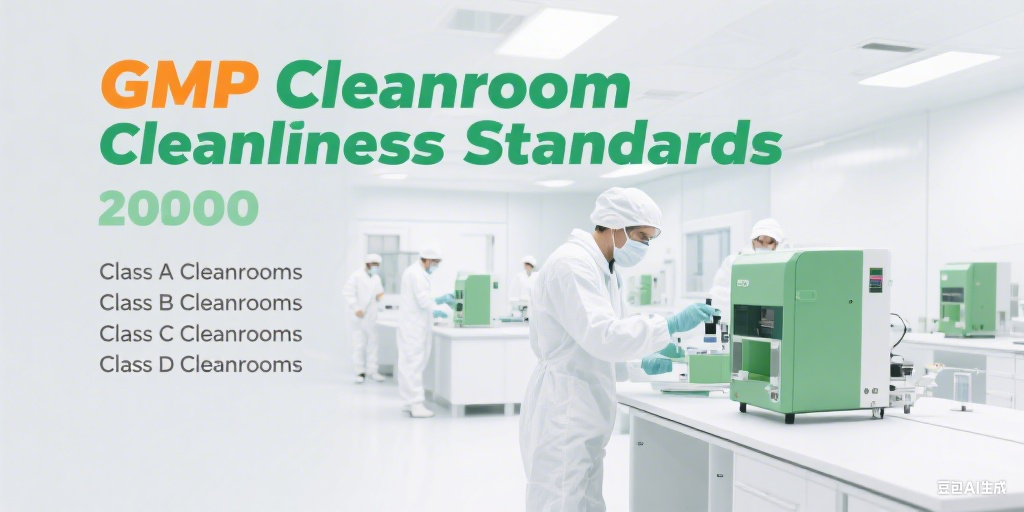
Airflow and Pressure Differentials
| Feature | Class A | Class B |
|---|---|---|
| Airflow System | Unidirectional (laminar flow) | Non-unidirectional |
| Pressure Differential | More significant | Standard |
| Turbulence | Minimized | More acceptable |
Microbial Limits
Class A Standards
- Air: <1 CFU/m³
- Surfaces: ~1 CFU/100 cm²
Class B Standards
- Air: ≤10 CFU/m³
- Surfaces: ≤5 CFU/100 cm²
These limits are crucial for ensuring product safety, particularly in sterile manufacturing processes.
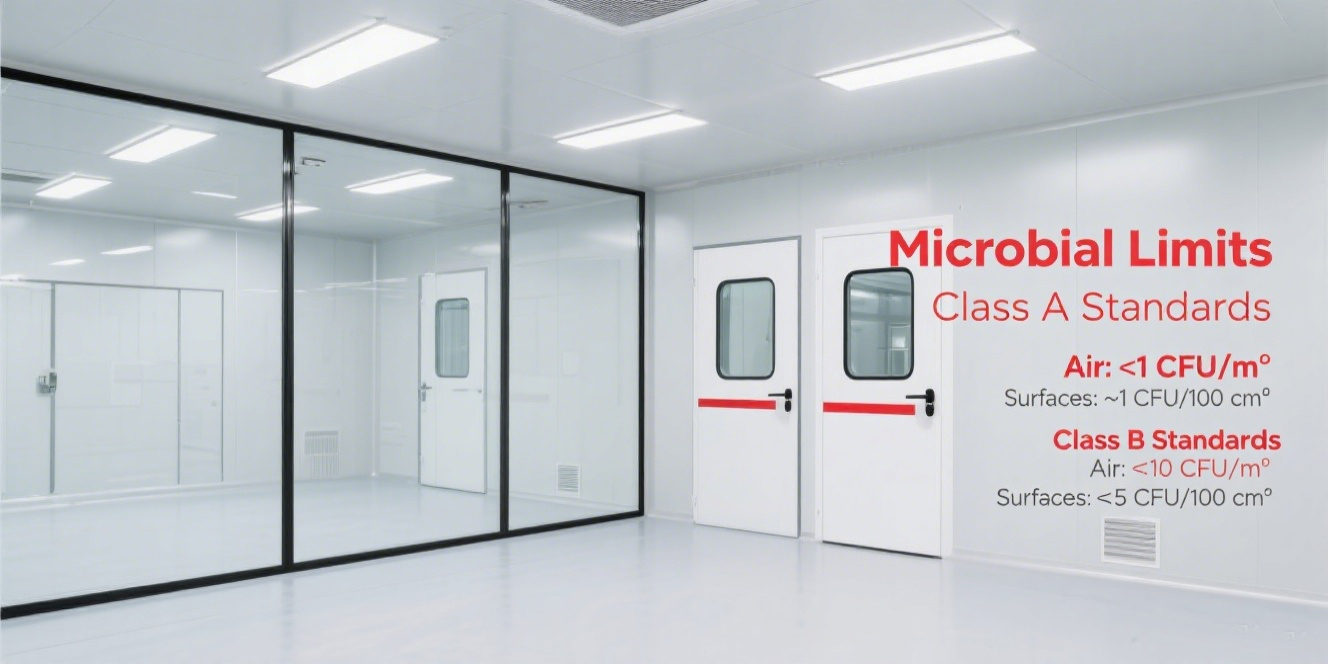
Applications and Use Cases
Class A CleanRooms
- Aseptic operations
- Filling and packaging sterile drugs
- Surgical procedures
- Critical processes requiring minimal contamination risk
Class B Cleanrooms
- Supportive functions
- Preparing materials and components
- Adjacent operations to Class A areas
- Maintaining overall operational efficiency
The Difference Between Type A and Type B Cleaning in Pharma
Type A Cleaning
Rigorous cleaning protocols used in sterile environments during aseptic processing. Eliminates contamination risks through strict schedules and high-grade disinfectants.
Type B Cleaning
Procedures for less critical areas like support rooms adjacent to sterile zones. Allows slightly less stringent methods while maintaining cleanliness priorities.
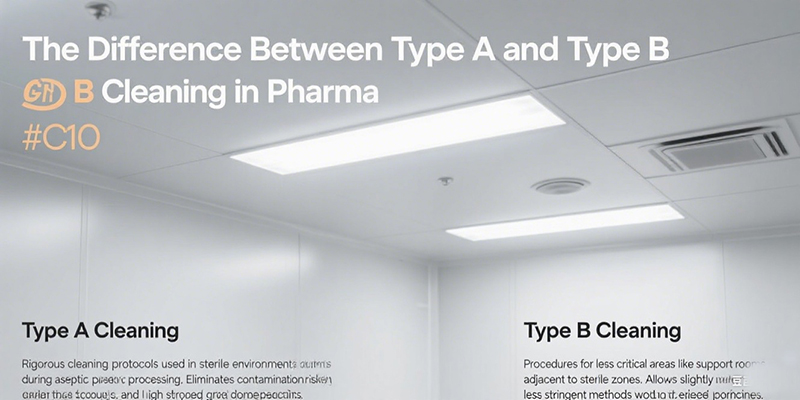
Grades of Cleanliness
| Grade | Particles/m³ (≥0.1μm) | Typical Applications |
|---|---|---|
| ISO 1 | <10 | Ultra-sensitive research |
| ISO 5 (Class 100) | 100,000 | Pharmaceutical cleanrooms |
| ISO 7 (Class 10,000) | 10,000,000 | Moderately controlled environments |
| ISO 9 | No specific limit | General manufacturing |
How to Classify a Cleanroom
1. Measurement Methods
Air samples are analyzed for particle concentration using particle counters that measure particles of various sizes.
2. Environmental Conditions
Temperature, humidity, and pressure must be controlled and maintained to ensure compliance with standards.
3. Operational Considerations
Personnel behavior, gowning procedures, and adherence to SOPs are essential for maintaining cleanliness.
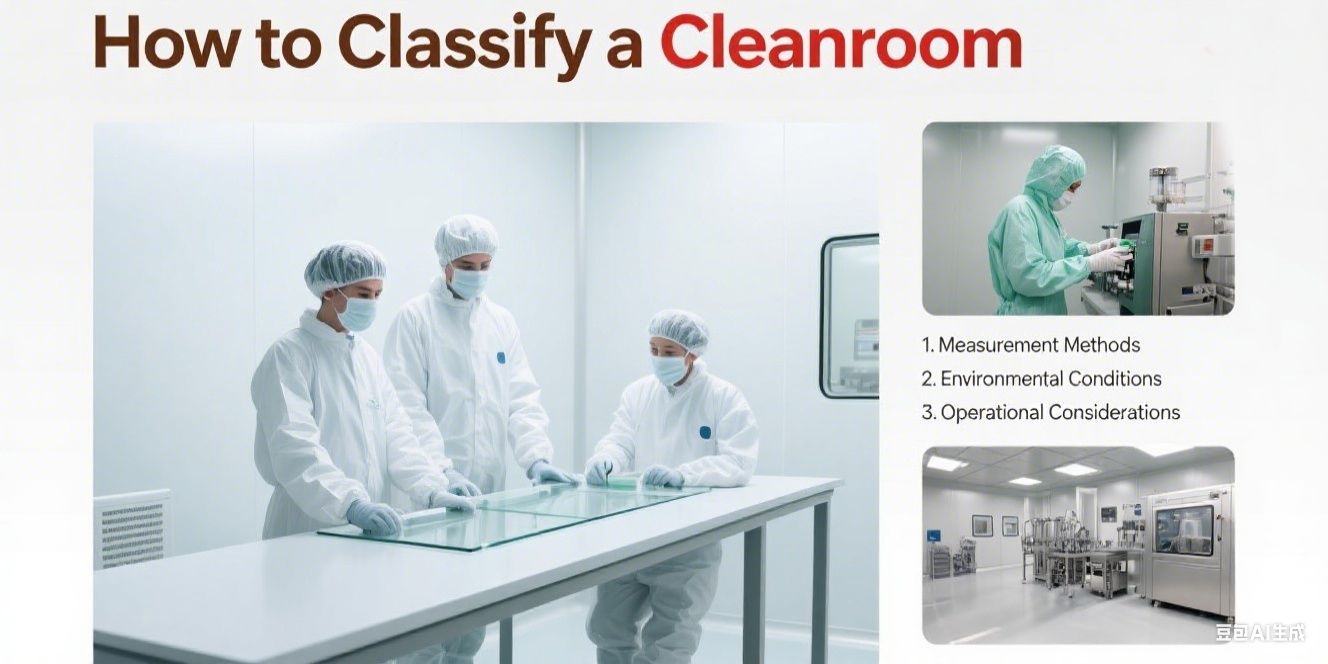
Grade A vs Grade B Office Space
Grade A Office Space
- Premium buildings in prime locations
- Modern amenities and high-quality finishes
- Advanced HVAC systems and security
- Higher rental prices
Grade B Office Space
- Older buildings with fewer amenities
- May require renovations
- Basic facilities and conveniences
- More cost-effective for tenants
Common Questions and Answers
1. What is the primary difference between Class A and B cleanrooms?
Class A has stricter cleanliness standards and is used for more critical processes than Class B.
2. Can a Class B cleanroom be used instead of Class A?
No, Class B is not stringent enough for processes requiring Class A facilities.
3. Do both classes use HEPA filters?
Yes, but Class A requires more rigorous regulation of airflow and filtration.
4. How often must cleanrooms be checked for compliance?
Regular monitoring and frequent compliance checks ensure continuous adherence to standards.
5. Can Class B environments handle any aseptic processing?
Yes, but they manage less critical aseptic tasks than those in Class A.
Conclusion
Identifying the specific requirements of Class A and Class B cleanrooms secures compliance and operational efficiency in sensitive manufacturing environments. Understanding these differences facilitates better decision-making, leading to enhanced product quality and safety assurance in pharmaceutical and biotechnology applications.
 +86 18186671616
+86 18186671616 Jason@cleanroomequips.com
Jason@cleanroomequips.com
 MENU
MENU

